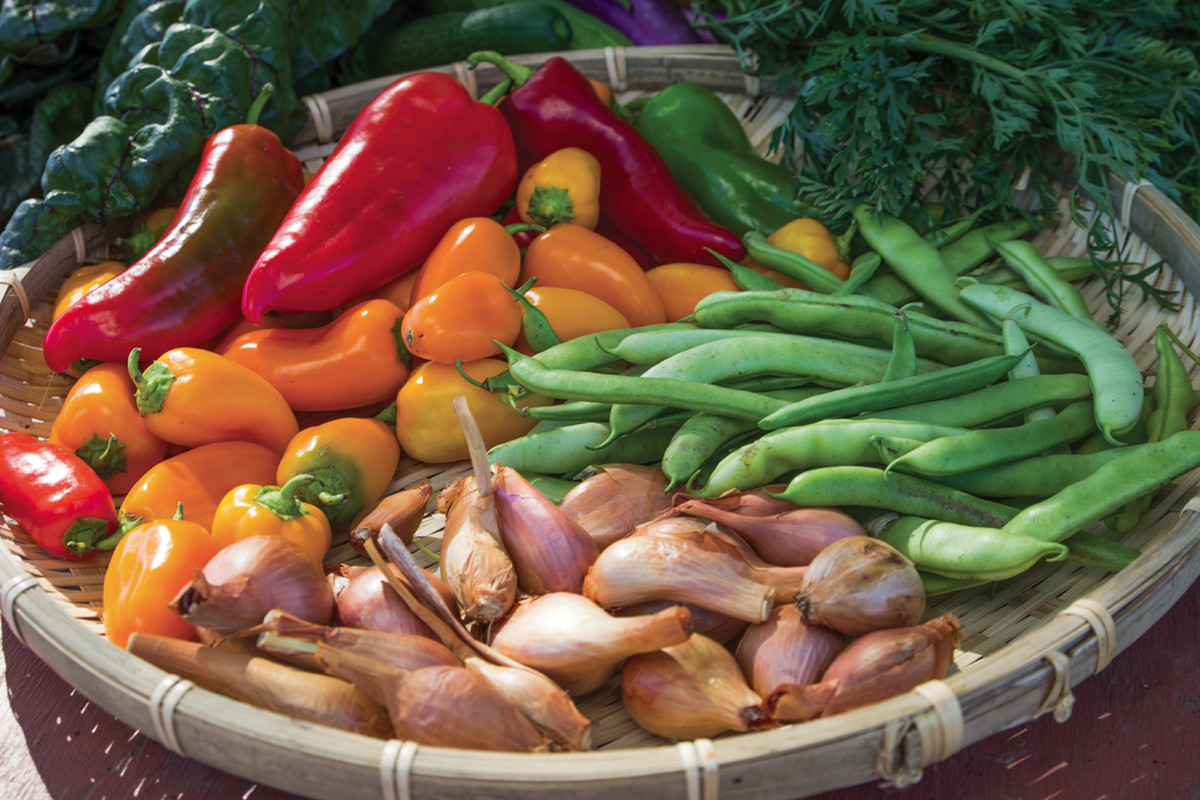How to Plant Seasonal Vegetables: A Comprehensive Guide

Are you ready to transform your backyard into a bountiful oasis of fresh, homegrown produce? Seasonal vegetable planting is not just a hobby; it's a journey that connects you with nature and rewards you with delicious, nutritious harvests. Whether you're a seasoned gardener or a novice with a green thumb, this comprehensive guide will walk you through the essentials of planting seasonal vegetables. Let's dive in!
Understanding the Vegetable Gardening Calendar
Before you start digging, it's crucial to understand the vegetable gardening calendar. This calendar divides vegetables into cool season crops and warm season vegetables, each with its own planting schedule.
Cool Season Crops
Cool season crops thrive in the cooler temperatures of spring and fall. These vegetables are hardy and can withstand frost, making them perfect for early or late season planting. Examples include:
- Lettuce
- Spinach
- Broccoli
- Cabbage
- Peas
Warm Season Vegetables
Warm season vegetables, on the other hand, love the heat and grow best during the summer months. These crops are sensitive to frost and require warm soil to germinate. Examples include:
- Tomatoes
- Peppers
- Cucumbers
- Squash
- Beans
Creating Your Planting Schedule
A well-planned planting schedule is the backbone of successful seasonal gardening. Here’s how to create one:
Step 1: Research Your Climate
Understanding your local climate is the first step. Visit the USDA Plant Hardiness Zone Map to determine your zone and the average first and last frost dates.
Step 2: Choose Your Vegetables
Select the vegetables you want to grow based on your climate and the space available in your garden. Make sure to include a mix of cool and warm season crops to maximize your harvest.
Step 3: Plan Your Planting Dates
Using your research, create a planting schedule that outlines when to sow seeds indoors, transplant seedlings, and direct sow seeds outdoors. For example, in a temperate climate, you might plant cool season crops like lettuce and spinach in early spring, followed by warm season crops like tomatoes and peppers in late spring.
Seasonal Gardening Tips
Preparing Your Soil
Healthy soil is the foundation of a thriving garden. Before planting, test your soil pH and amend it with compost or organic matter as needed. Aim for a pH between 6.0 and 7.0, which is ideal for most vegetables.
Rotating Your Crops
Crop rotation is a key practice in seasonal gardening. Rotating your crops helps prevent pests and diseases, improves soil health, and ensures a continuous supply of nutrients. For example, follow a legume (like beans) with a heavy feeder (like tomatoes) to replenish the soil.
Watering and Mulching
Consistent watering is essential for healthy plant growth. Aim to water deeply once or twice a week, depending on your climate and soil type. Mulching around your plants helps retain moisture, suppress weeds, and regulate soil temperature.
Planting Your Seasonal Vegetables
Cool Season Crops
Lettuce and Spinach
Lettuce and spinach are easy to grow and can be sown directly into the garden as soon as the soil can be worked. They prefer cool temperatures and partial shade. Sow seeds in rows about 1 inch deep and 12 inches apart. Keep the soil consistently moist until the seeds germinate.
Broccoli and Cabbage
Broccoli and cabbage are best started indoors about 6-8 weeks before the last frost date. Transplant seedlings into the garden when they have 4-5 true leaves. Space plants 18-24 inches apart in rows 24-36 inches apart. They prefer full sun and well-drained soil.
Warm Season Vegetables
Tomatoes
Tomatoes are a staple in many gardens. Start seeds indoors 6-8 weeks before the last frost date. Transplant seedlings into the garden when the soil temperature reaches at least 60°F. Space plants 18-24 inches apart in rows 24-36 inches apart. Tomatoes need full sun and consistent watering.
Peppers
Peppers are another warm season favorite. Start seeds indoors 8-10 weeks before the last frost date. Transplant seedlings into the garden when the soil temperature reaches at least 65°F. Space plants 18-24 inches apart in rows 24-36 inches apart. Peppers need full sun and well-drained soil.

Conclusion
Seasonal vegetable planting is a rewarding endeavor that brings fresh, homegrown produce to your table. By understanding the vegetable gardening calendar, creating a planting schedule, and following seasonal gardening tips, you can cultivate a thriving garden that yields bountiful harvests. So, are you ready to get your hands dirty and embark on this green adventure? The rewards are well worth the effort!
FAQs
What are the benefits of seasonal vegetable planting? Seasonal vegetable planting offers numerous benefits, including fresh, nutritious produce, cost savings, and a sense of accomplishment. It also connects you with nature and promotes sustainable living.
How do I know when to plant my vegetables? The best time to plant vegetables depends on your local climate and the specific needs of each crop. Use a vegetable gardening calendar and your planting schedule to determine the optimal planting times.
What is the difference between cool season crops and warm season vegetables? Cool season crops thrive in cooler temperatures and can withstand frost, while warm season vegetables prefer hot weather and are sensitive to frost. Examples of cool season crops include lettuce and spinach, while warm season vegetables include tomatoes and peppers.
How can I improve my soil for vegetable gardening? Improve your soil by testing its pH and amending it with compost or organic matter as needed. Aim for a pH between 6.0 and 7.0, which is ideal for most vegetables. Regularly adding compost helps maintain soil health and fertility.
What are some common pests and diseases in vegetable gardens? Common pests and diseases in vegetable gardens include aphids, tomato hornworms, powdery mildew, and blight. Practicing crop rotation, using resistant varieties, and maintaining good garden hygiene can help prevent these issues.

0 Response to "How to Plant Seasonal Vegetables: A Comprehensive Guide"
Post a Comment